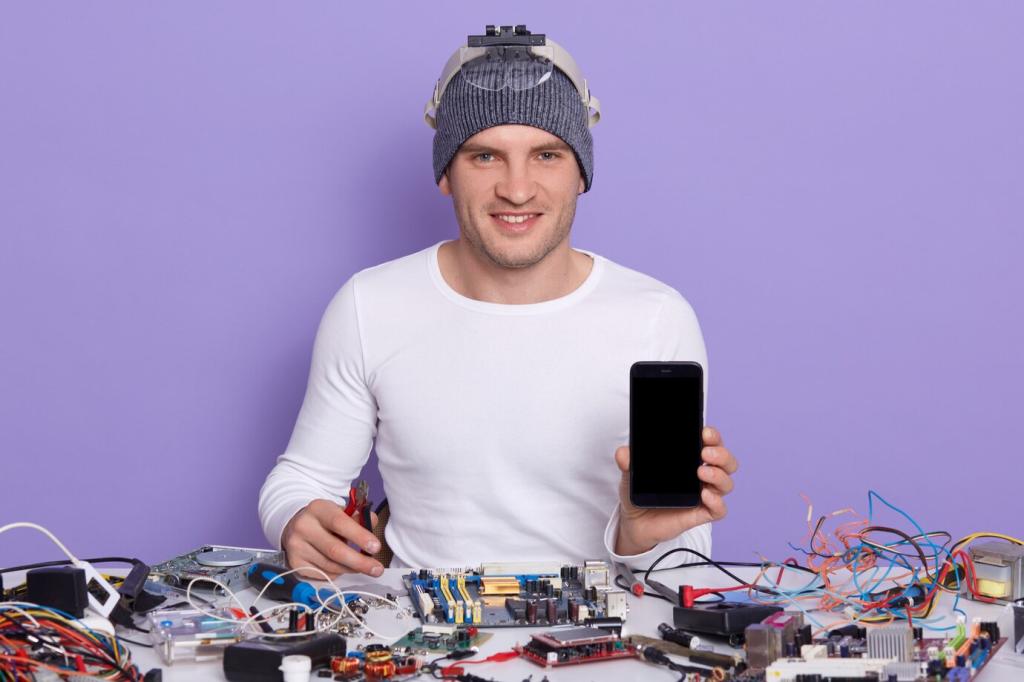
Building a Smart Mirror with Raspberry Pi
Creating a smart mirror involves transforming an ordinary reflective surface into an interactive digital assistant that provides useful information at a glance. Leveraging the power of a Raspberry Pi, you can build a fully customizable and feature-rich smart mirror tailored to your needs. This guide delves into the essential aspects of hardware selection, software setup, customization options, and tips for maintaining your smart mirror, making the process approachable for both beginners and advanced makers.
Choosing the Right Hardware
Selecting a Raspberry Pi Model
The Raspberry Pi comes in various models, each offering different levels of processing power and connectivity options. For a smart mirror, many users opt for the Raspberry Pi 3 or 4 due to their improved performance and built-in Wi-Fi capabilities. These models handle multiple plugins, smooth graphics rendering, and internet connectivity essential for real-time data updates. While the Raspberry Pi Zero can be used for simple displays, heavier modules like voice control and facial recognition typically demand the extra power found in higher-tier models. Making an informed choice here ensures your smart mirror is responsive and future-proof.
Choosing a Monitor and Two-Way Glass
Picking the right display and mirrored surface determines both the aesthetics and functionality of your device. A slim LED monitor offers excellent brightness, allowing digital content to shine through even behind a two-way mirror. The size of the monitor should complement your available wall or mounting space, while the glass needs to balance reflectivity with transparency. Specialized acrylic two-way mirrors are lightweight and durable, making them a popular choice for DIY projects. Ensuring a good fit between the display and the mirror avoids uneven edges and provides a professional finish to your smart mirror.
Considering Power Supply and Accessories
Ensuring a steady power supply is crucial for uninterrupted operation. The Raspberry Pi requires a stable power source, often through a micro-USB or USB-C cable, and the monitor typically needs its own power adapter. To streamline installation, some builders opt for power management solutions that allow both the Pi and monitor to be switched on or off simultaneously. Accessories such as cameras, microphones, or sensors can further expand your mirror’s capabilities. Planning for these add-ons early on makes the integration much easier and more seamless.
Setting Up the Smart Mirror Software
The first step in setting up your smart mirror’s brain is installing an operating system onto your Raspberry Pi. Most users opt for Raspberry Pi OS due to its stability and compatibility, though other lightweight Linux distributions can also be used. Writing the OS image onto a microSD card prepares the Pi for subsequent software installations. After connecting the Pi to the monitor, keyboard, and Wi-Fi, you’ll perform initial setup tasks such as system updates and regional configurations. A well-prepared OS ensures a solid foundation for your smart mirror to operate smoothly.
Enhancing Functionality and Customization
Adding voice control transforms your mirror into an interactive assistant capable of understanding and responding to spoken commands. Setup typically involves integrating software like Google Assistant SDK or Amazon Alexa, paired with a suitable USB microphone or microphone array. After configuring authentication and training the assistant, you’ll be able to request weather updates, control smart home devices, and retrieve calendar entries hands-free. This not only streamlines your morning routine but also adds an impressive layer of interactivity, making your smart mirror a central hub for daily productivity.
Visual customization allows your smart mirror to match the decor and style of your living space or to display information in a way that suits your preferences. Tweak the look and feel by modifying MagicMirror²’s CSS files to change fonts, colors, and layouts. You can also incorporate custom backgrounds, adjust transparency levels, or create tailored welcome messages. For advanced personalization, developing your own modules opens up possibilities for displaying niche information, such as custom news feeds or home automation metrics. These adjustments ensure your mirror is as unique as you are.
Integrating smart home devices expands your mirror’s role beyond information display, allowing it to become an interactive control panel. By installing modules or APIs, you can interface with systems like Philips Hue, Google Nest, or smart thermostats, receiving real-time status updates and issuing control commands. For instance, adjusting lighting or setting your home temperature becomes as simple as a glance or tap. These integrations are especially useful in home automation scenarios, where the mirror becomes both an informative and interactive centerpiece.

